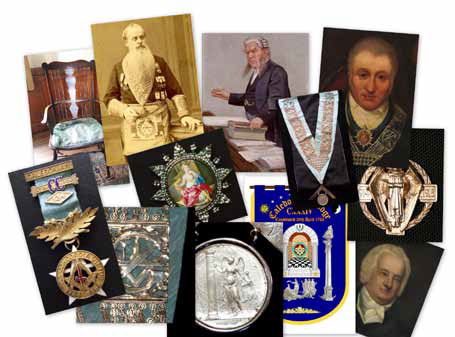The history of the Caledonian Lodge is both fascinating and tantalising. 
We also have beautiful, unique and highly prized artefacts. Some of the detail – particularly that concerning the Lodge’s special charity, the Royal Masonic School for Girls, which the Lodge helped to found and sustain, gives revealing insight into the truly hands-on nature of this support in its early years.
In contrast to this wealth of intriguing detail, the destruction of some of the crucial records and artefacts of the lodge due to fire, seizure by bailiffs and even bombing during the Second World War means that we will probably never be able to answer with confidence some of the most interesting questions about the development of the Lodge.
Fire at the George and Vulture
The first setback to the endeavours of any historian of the Lodge was the destruction of its early records in a fire at the George & Vulture, Cornhill, where it met between 1831 and 1845. Surviving minute books only go back as far as 1814 – missing out probably the most interesting but most turbulent period in the relationship between the Grand Lodge of England and the Premier Grand Lodge (the Antients and the Moderns) and their eventual unification.
Nevertheless, the lodge and some of its members were prominent and in the public eye so we are fortunate to be able to obtain some of the missing detail from Grand Lodge records; from contemporary biographies and records; and from other material.